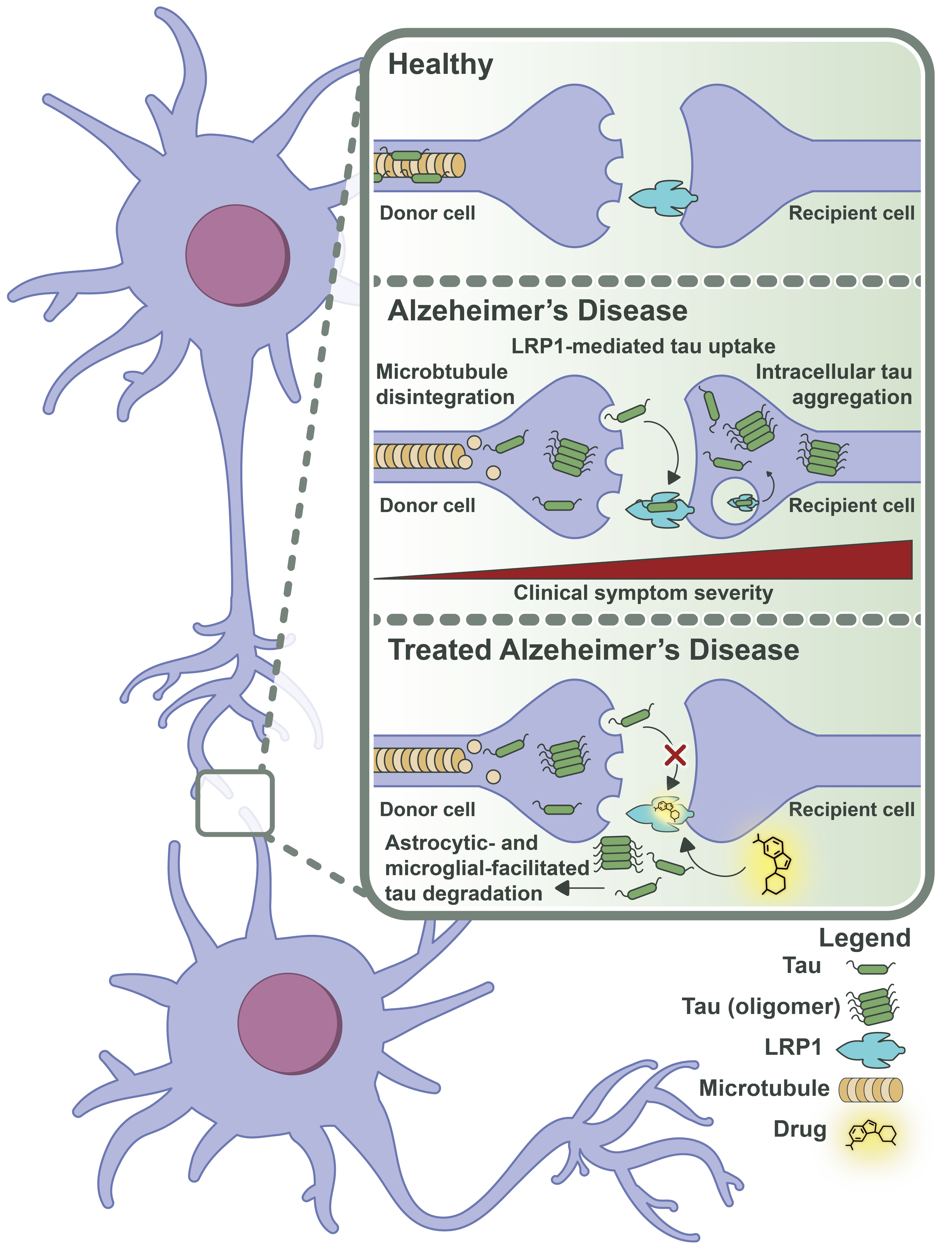
Realizing the therapeutic potential of LDL receptor biology
Our approach
LDL receptors, with robust genetic and deep biological validation, are high value therapeutic targets for the treatment of a variety of human diseases. Novoron has developed unique expertise, and a set of proprietary tools, enabling the development of therapeutics that target what has been a historically challenging receptor family. Our approach has demonstrated the ability to provide selective modulation of disease relevant physiology, while sparing homeostatic functions of these receptors.
LDLR family biology
Historically, multiple attributes of the LDL receptor family have limited drug development efforts. Novoron’s technology overcomes these concerns in a variety of ways:
High Homology and Redundancy: Structural similarity within the receptor family increases the risk of off-target effects, attaining receptor selectivity enhances therapeutic index.
Complex Physiological Roles: LDLRs are involved in a variety of essential biological processes, so modulating their function can lead to undesirable adverse effects. Precision modulation overcomes these concerns by leaving important biology intact.
Drugability Issues: LDLRs have historically been viewed as lacking clearly defined, drugable binding pockets. Novoron’s unique target identification capabilities, structural modelling and suite of discovery tools have enabled precision targeting of relevant receptor subdomains.

Proteinopathies
LRP1 has been implicated as a central mediator of synaptic spread of proteins, such as tau and alpha-synuclein. Disruption of LRP1 interactions with these proteins can prevent the prion-like spread of pathology, protecting against neurodegeneration and cognitive decline.

Neuroregeneration
In acute spinal cord injuries, tissue damage initiates signaling cascades, mediated by LRP1 that suppress beneficial repair mechanisms, including myelination and neurite outgrowth. Attenuating LRP1 signalling locally disinhibits these critical pathways, stimulates regenerative capacity, and improves neurological and autonomic function
LDLR drug discovery toolbox
Novoron has developed deep insights, and a proprietary suite of assays, tools, and reagents, that overcome historical drug development challenges in this target class. The key to exploiting the untapped potential of these receptors resides in specifically targeting disease-relevant interactions, while leaving important underlying biology intact.




